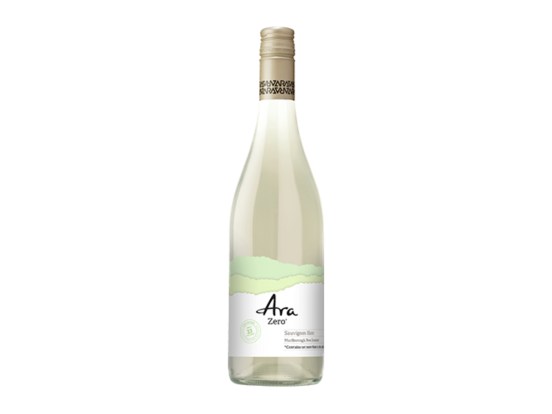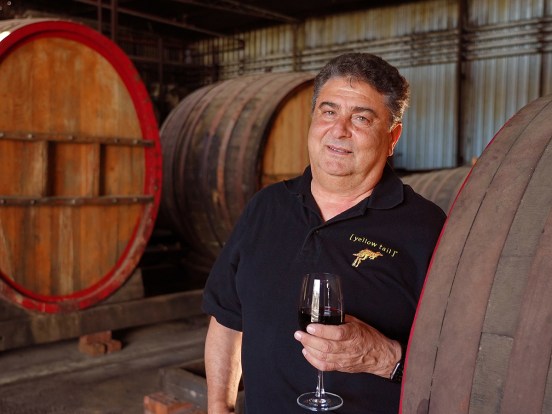Americans last year clearly didn’t opt for that second glass of wine. Total wine consumption in the US decreased in 2019 (for the first time in 25 years), posting a -0.9% volume loss from the year prior, according to preliminary figures released this month by IWSR Drinks Market Analysis, the leading authority on data and intelligence on the global beverage alcohol market.
Also, for the fourth year in a row, beer volume in the US was down (-2.3%), as was cider (-3.8%); however, distilled spirits and ready-to-drink (RTD) products continued to post gains (+2.3% and +49.7%, respectively). Despite decreases in the beer category, which represents the lion’s share of alcohol sold in the US, total beverage alcohol in the country posted volume growth of 0.3% in 2019 (reversing a previous decline), with a value reaching $167bn (up 2.5% from 2018).
These initial 2019 results for the US market are part of the IWSR US Beverage Alcohol Review (US BAR) database, available to IWSR’s global customers.
“The beverage alcohol industry in the US continued to innovate in 2019, especially in the ready-to-drink category, as the fight for consumption occasions intensified across all categories, something we fully expect to see in 2020 as well,” says Brandy Rand, Chief Operating Officer for the Americas at IWSR Drinks Market Analysis. “It’s also interesting to note that the value increase of beverage alcohol in the US continues to outpace volume growth, a clear indicator that US consumers are willing to pay for more premium products.”
First Wine Volume Decrease Since 1994
Though sparkling wine in the US grew last year by almost 4%, it wasn’t enough to offset the decrease in the large still wine category (-1.5%), which brought total wine down by -0.9%. The last volume loss in the category occurred in 1994, marking 24 years of growth before this most recent decline, and is attributed to changing generational habits. Wine represents about 11% of the total beverage alcohol market in the US.





